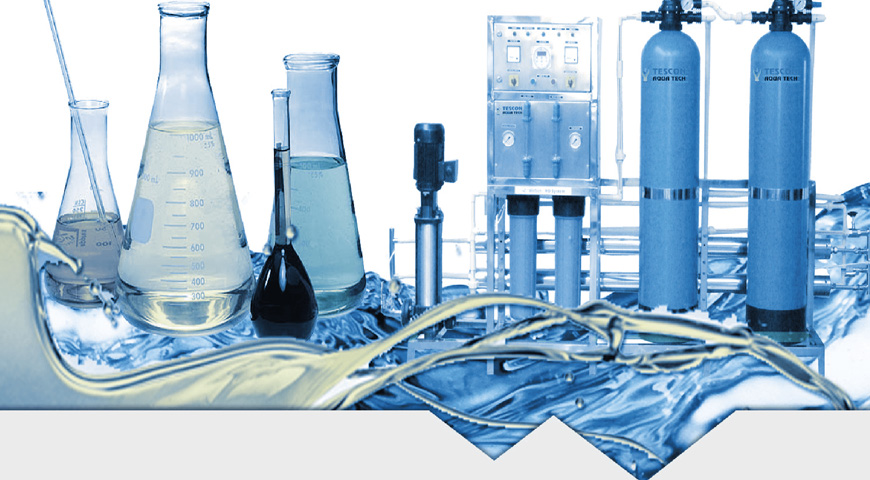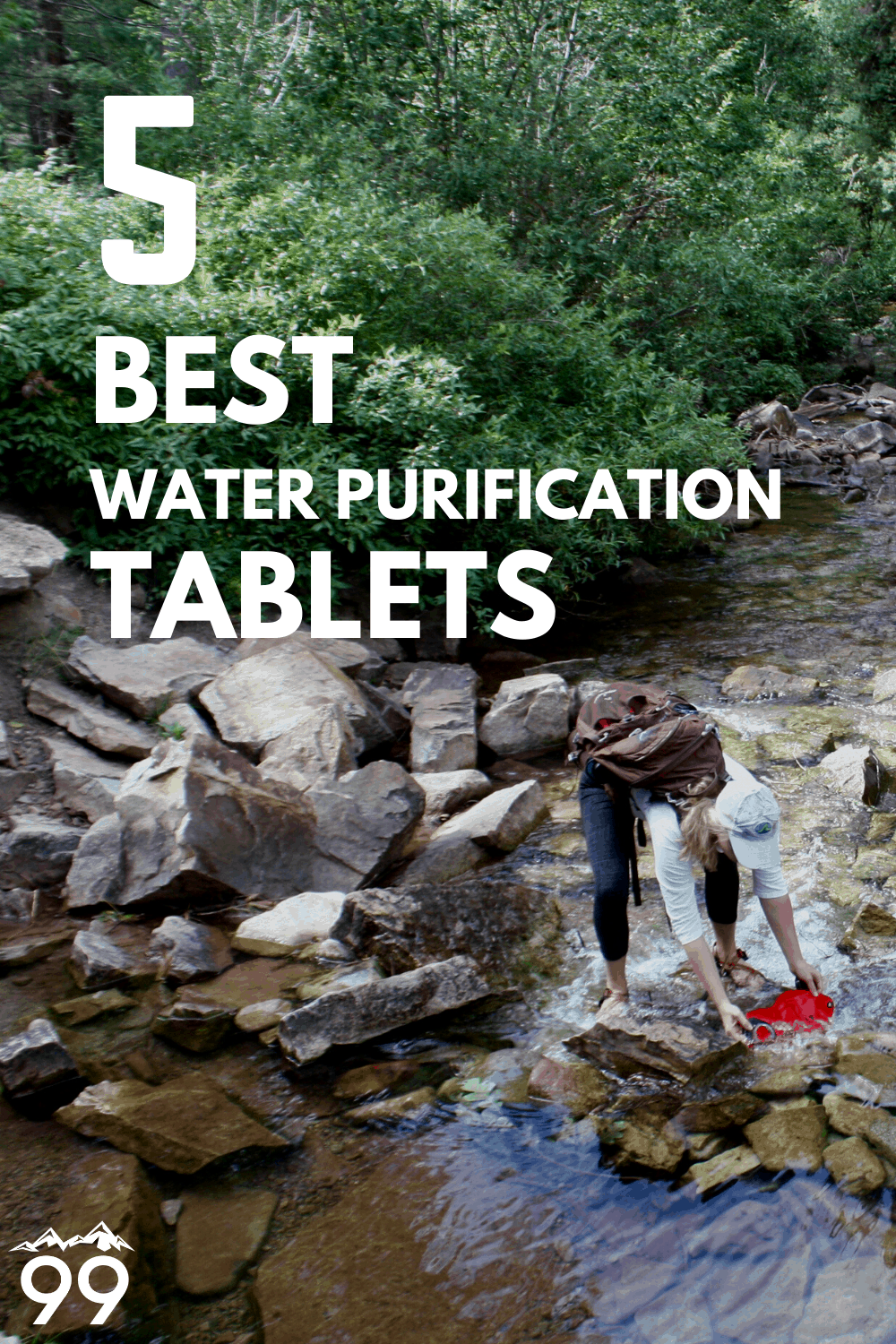Water treatment chemicals play a vital role in ensuring that water is safe and suitable for various applications, including drinking, industrial use, and agricultural irrigation. These chemicals help eliminate undesirable contaminants, adjust pH levels, prevent corrosion, and improve overall water quality.

1. Coagulation and Flocculation Chemicals:

- Coagulants: These chemicals, such as alum and ferric salts, neutralize the electrical charges of suspended particles in water, allowing them to clump together.
- Flocculants: These chemicals, like polymers, promote the formation of larger and denser flocs, which are easier to remove during sedimentation and filtration.
2. Disinfection Chemicals:

- Chlorine: One of the most widely used disinfectants, chlorine kills harmful bacteria and microorganisms.
- Chloramines: These compounds, formed by combining chlorine with ammonia, provide longer-lasting disinfection and are less corrosive than chlorine alone.
- Ozonation: Ozone is a powerful oxidizing agent that disinfects water and removes taste, odor, and color.
3. pH Adjusters:
- Acids: Acids, like sulfuric acid, are added to lower pH levels, typically for industrial applications where acidic conditions are required.
- Bases: Bases, like sodium hydroxide, are added to increase pH levels, often for drinking water treatment to prevent corrosion of pipes.
4. Corrosion Inhibitors:
- Phosphates: Phosphates form a protective layer on metal surfaces to prevent corrosion and scale formation.
- Polyphosphates: These compounds sequester calcium and magnesium ions, preventing scale buildup and protecting metal surfaces.
5. Dechlorination Chemicals:
- Sodium Thiosulfate: This chemical is used to remove residual chlorine from treated water before it is distributed for drinking.
6. Softening Chemicals:
- Ion Exchange Resins: Ion exchange resins selectively remove hardness minerals, such as calcium and magnesium ions, from water.
7. Odor and Taste Control Chemicals:
- Activated Carbon: Activated carbon adsorbs and removes objectionable odors and tastes caused by organic compounds.
- Potassium Permanganate: This oxidizing agent removes certain odors and tastes and helps control biological growth.
These are just a few examples of the many water treatment chemicals used to improve water quality. By carefully selecting and applying these chemicals, water treatment plants can effectively remove contaminants, ensure regulatory compliance, and provide safe and clean water for various uses.










